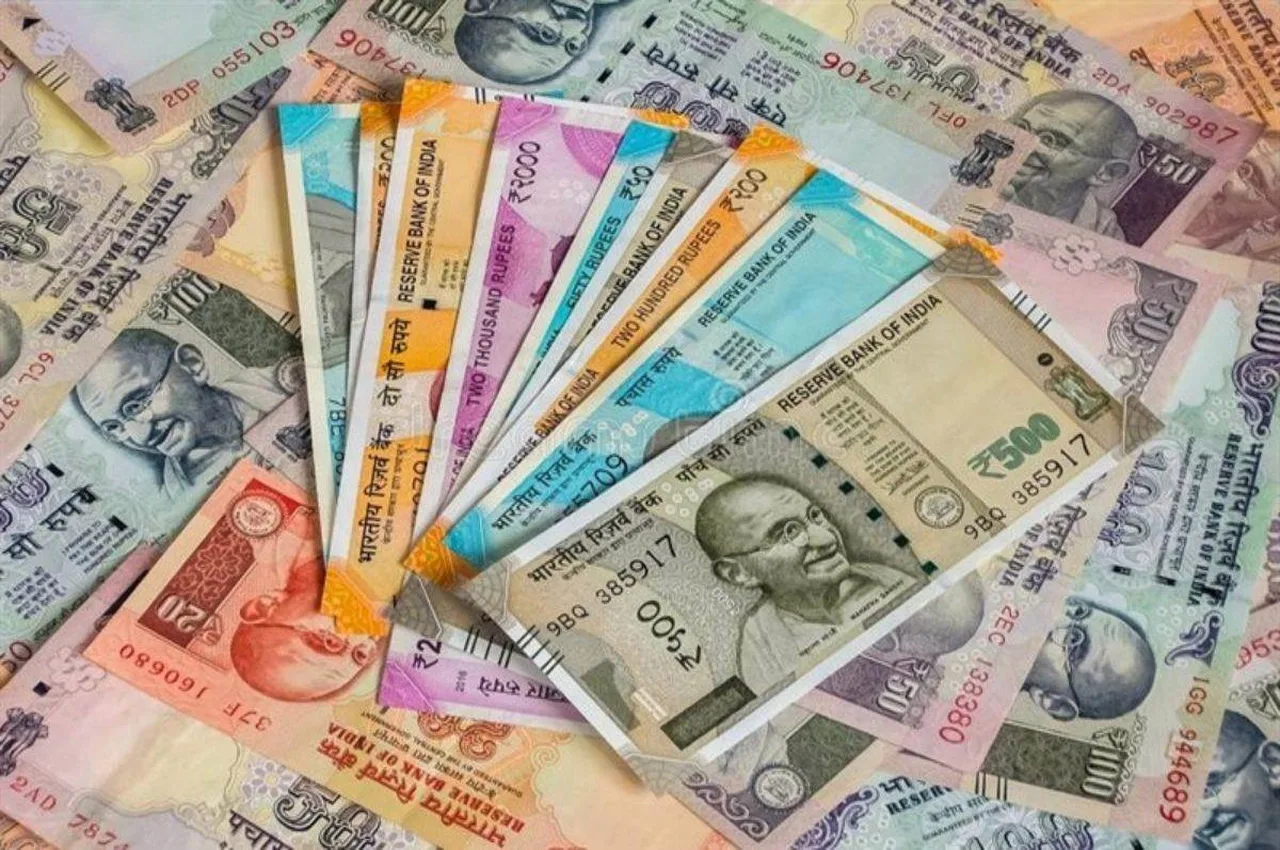The new tax system became the standard in 2023, but the 2025 Budget sweetened the deal for taxpayers by introducing a zero tax rate for income up to Rs 12 lakh. This change is expected to lead about 90% of taxpayers to choose this new system over the old one.
On the flip side, this shift means that many investors might feel less motivated to put their money into tax-saving options like PPF, NSC, SSY, and ELSS.
Now, we’re looking into whether it’s better for investors to stick with the safest bet of fixed deposits or to go for PPF (Public Provident Fund).
Tax exemption
If you stick with the old tax system, you can still claim some tax exemptions. However, there are rumors that the old system might soon be phased out.
So, if you decide to go with the new tax regime, you won’t be eligible for any income tax exemptions. The same goes for fixed deposits. When you put your money into a fixed deposit (FD), you won’t receive any tax exemption for that investment.
In the end, it seems like both options are pretty much on the same level.
Return on Investment
The second factor to consider when deciding whether PPF is a better option than FD is the return on investment. This involves looking at which investment yields a higher return. Currently, PPF provides a return of 7.1 percent per year, while FDs offer returns ranging from 7 to 7.15 percent annually, depending on the bank you select.
As a result, the difference in returns between these two investment options is minimal.
Tax on Returns
Lastly, the final factor to evaluate which investment is superior is whether the returns are subject to taxation.
Since the previous two factors (tax exemption and return on investment) place both options on equal footing, this last consideration should help guide your decision.
When you receive returns, they are taxable for FDs, whereas PPF returns are tax-free.Investing in a Public Provident Fund (PPF) can be a smarter choice than a fixed deposit (FD) for someone in the 30 percent tax bracket. While FDs might yield less than 5 percent after taxes, PPF offers a solid 7 percent return without tax deductions. Dipesh Jain from Economic Laws Practice emphasizes that small saving schemes like PPF are generally more beneficial than FDs.
When you look at it this way, putting your money into PPF or other tax-saving options seems to make more financial sense since they provide tax benefits on the earnings.
That said, some experts believe that each investment type has its own role in building a well-rounded portfolio, and they shouldn’t be viewed as direct competitors.
Preeti Zende, a Sebi-registered investment advisor and founder of Apna Dhan Financial Services, points out that even if you choose the New tax regime, it’s wise to keep contributing to your PPF for retirement. She also mentions that the National Savings Certificate (NSC) is a solid option with a government guarantee for both principal and interest. For short-term goals, FDs are ideal, especially for investments planned over 2 to 3 years. So, using all three products can help you meet different financial objectives within your overall investment strategy.
